Assessing Angola’s fisheries
At the northern extent of the hugely productive waters of the Benguela Ecosystem, Angola’s rich waters support a huge artisanal fishing fleet. Ana is unlocking information about sharks and rays in the region, building the baseline for managing and protecting these species in West African waters.
If I had to define myself in a word, I would choose ‘thalassophile’, a lover of the sea. Born and raised in a seaside town in Portugal, I was lucky to be in direct contact with the sea and I became fascinated by the marine ecosystem at a very early age. Understanding the sea and its organisms has always been my dream. During my studies – earning a Bachelor’s in marine sciences and a Master’s in marine biodiversity and conservation – I conducted research in various fields of marine science around the globe, including in Brazil, France, Portugal...
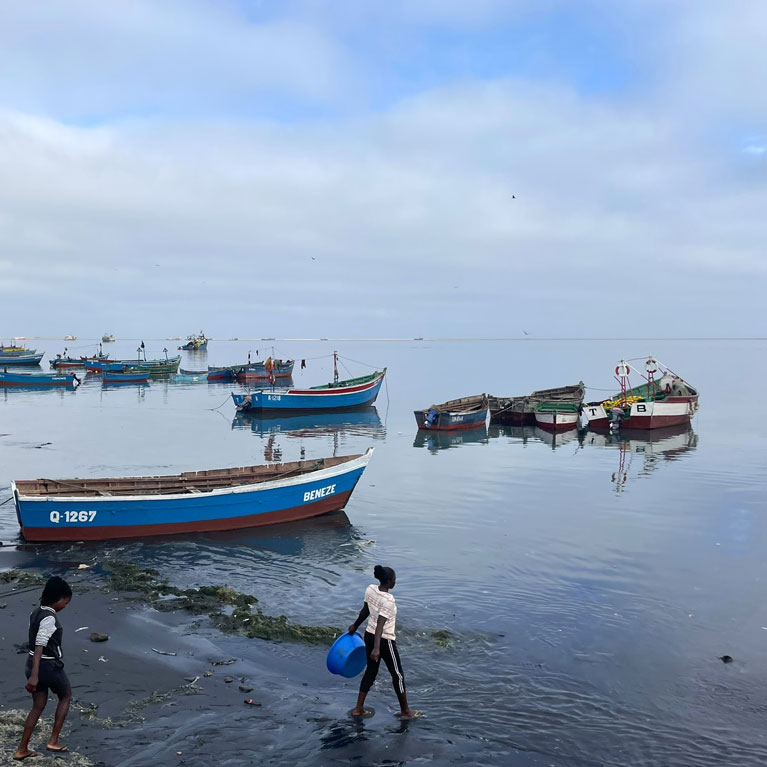
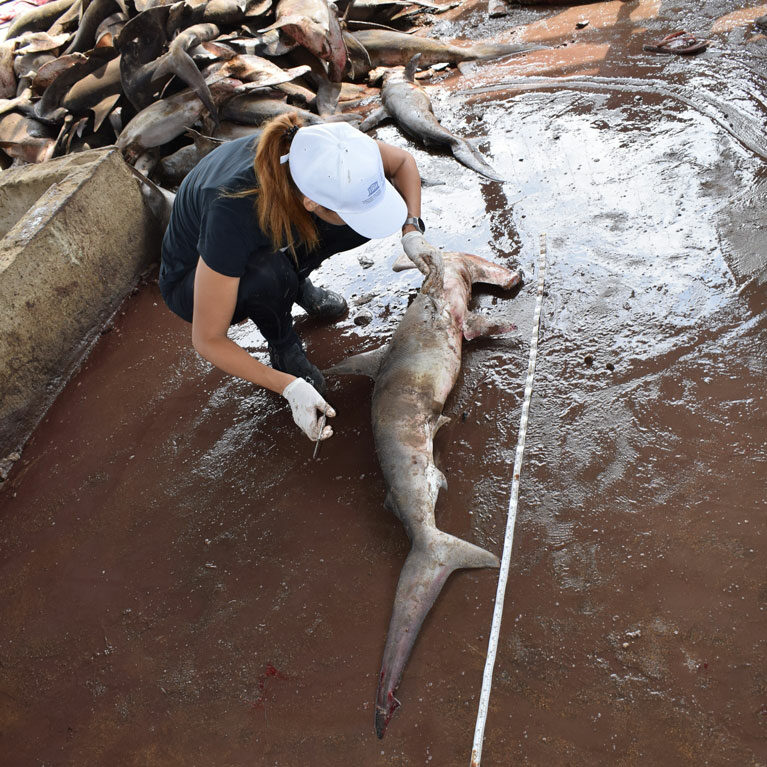
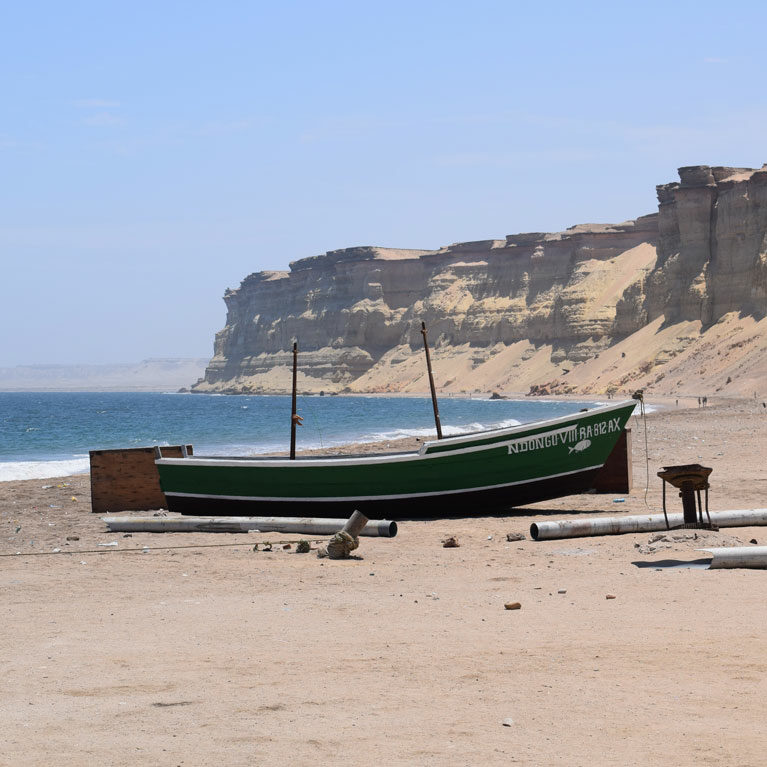
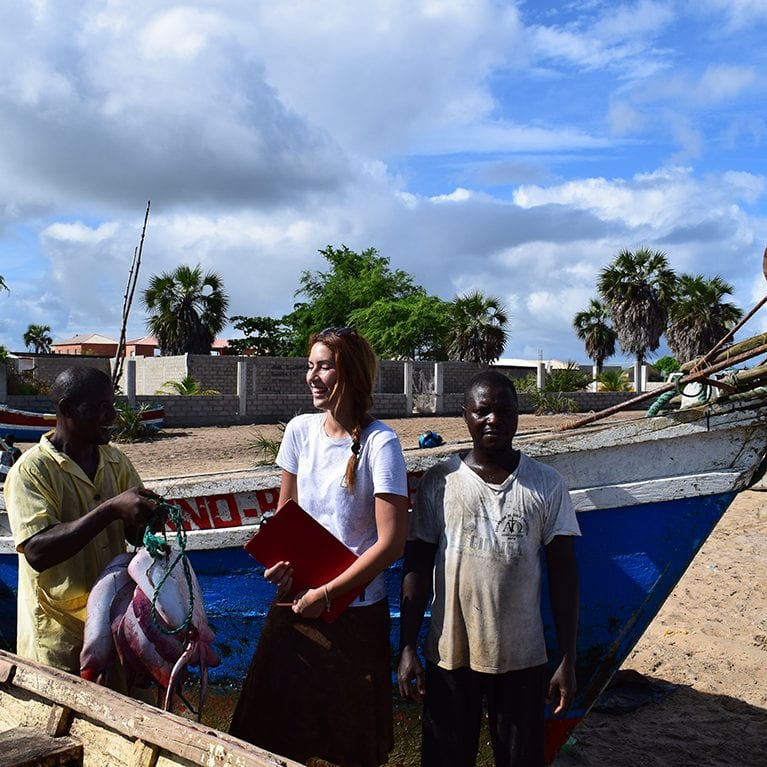
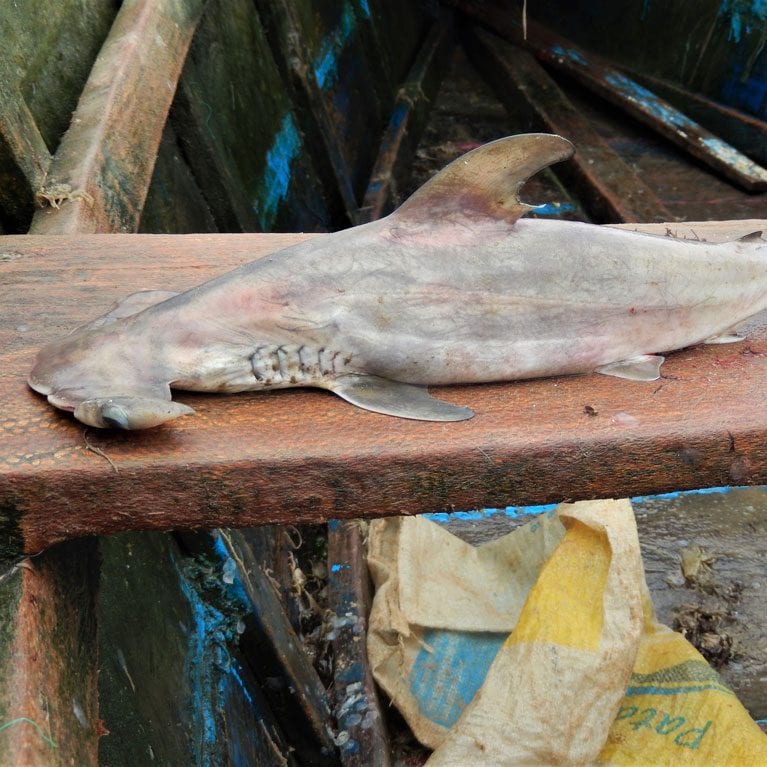
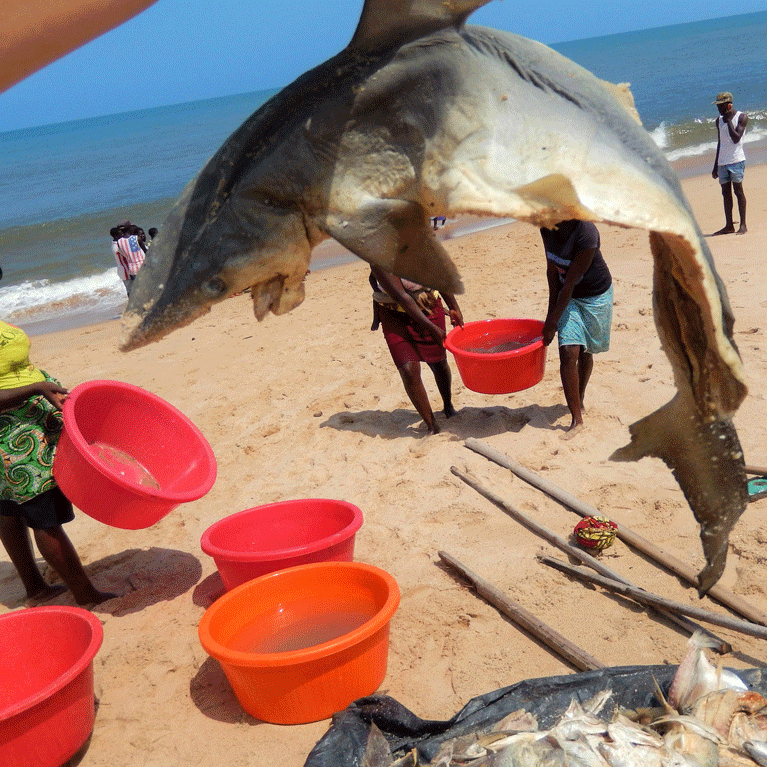
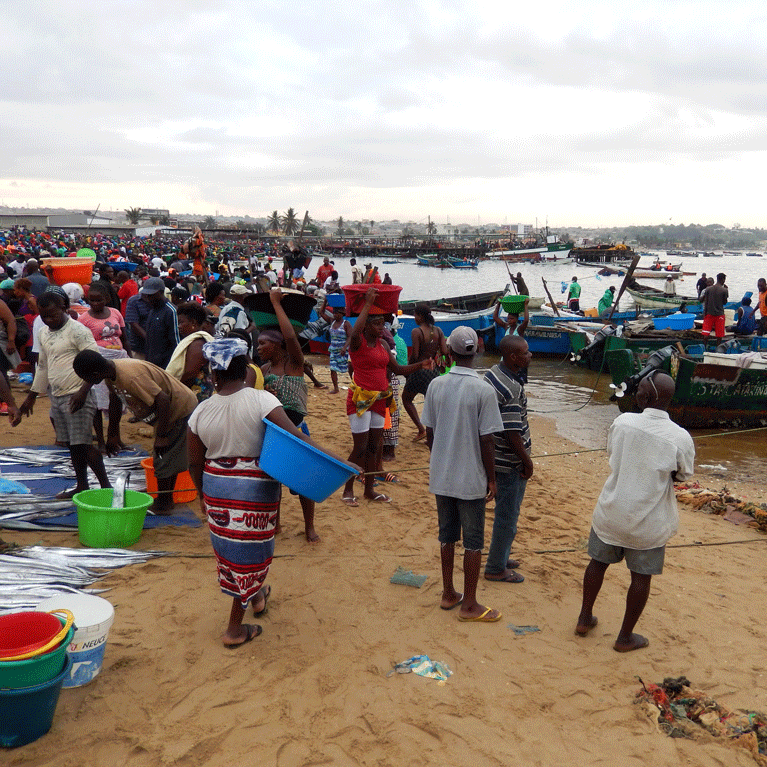
Threatened sharks and rays of West Africa: Assessing the impacts of artisanal fisheries in Angola
Increase knowledge on sharks and rays along the coast of Angola, providing baseline information on species diversity and understand threats. This data will be key for adequate monitoring of threatened populations and development of effective management and conservation plans for Angolan and West African territorial waters.
Sharks are mostly characterized by conservative life-history parameters and biological attributes. These traits make them extremely vulnerable to overfishing because once populations are overexploited, species have a very low capacity for recovery. The worldwide increasing trend in fishing effort, the low degree of catch selectivity, and the overcapacity in terms of fishing fleet have a direct impact on coastal shark communities, decreasing their size and abundance. In West Africa, there is evidence of serious threat to sharks due to high demand for shark fins and increasing fishing effort. While some studies have been undertaken in north western Africa, data from Angola remains limited. Angola qualifies as an important West African area to assess the impact of artisanal and semi industrial fisheries on shark and rays abundance and diversity due to the high ecosystem productivity, the intense coastal and offshore fishing effort and limited information regarding species composition, abundance, and distribution.
According to a recent report by IUCN Red List of Threatened Species, more than a quarter of Chondrichthyan fishes are threatened with extinction. Regarding coastal fishing activities, there is a direct impact on elasmobranch communities, since many of them live in a coastal habitat, and there is an increasing trend on fishing effort, a low degree of selectivity, and overcapacity in terms of the fishing fleet. In a global context, in which many commercial fishing stocks are exhausted, sharks represent a meat resource that is also consumed in many countries. At beginning of the 1970s, as a response to high demand for shark fins in Asian countries, a Gambian export market, mainly in the form of artisanal fishing began, followed by the rest of the SRFC zone (Cabo Verde, Gambia, Guinea, Guinea Bissau, Mauritania, Senegal and Sierra Leone). Concerned with the shark stock status and its impact on the ecosystems, SRFC member states adopted, in 2001, a strategy for shark conservation and sustainable management in the sub-region with the Sub-Regional Plan of Action for the Conservation and Management of Sharks (SRPOA-Sharks). According to this management plan, and highlighted by the IUCN Red List for West African sharks, there was a decrease of shark populations on the West African coast, over the past thirty years, supported by shark landings decrease, whereas the fishing effort was strongly increased, as well as a decrease in the average size of certain species. In West Africa, there is evidence of serious declines in shark and ray populations. Studies have shown that the Great Hammerhead (Sphyrna mokarran) and Lemon shark (Negaprion brevirostris) are Critically Endangered, and the bull shark (Carcharhinus leucas), which used to be frequent in the waters in the sub-region, is now rarely caught.
- Identify and describe the size and targets of artisanal and semi industrial fisheries including the collection of data on gear characteristics and catch locations.
- Collect biological data on shark and ray species landings (morphological identification, size composition, sex ratios) to assess the abundance and diversity of the species landed.
- Increase awareness of threats to sharks at a local and regional level through capacity building and public involvement. Disseminate information in peer reviewed publications and international scientific conferences.

